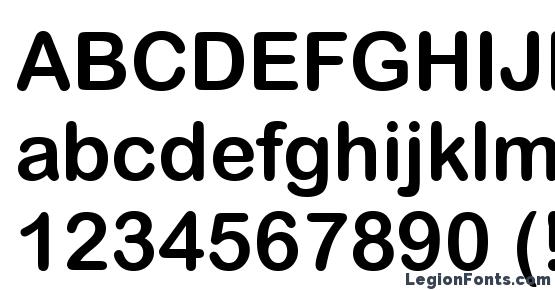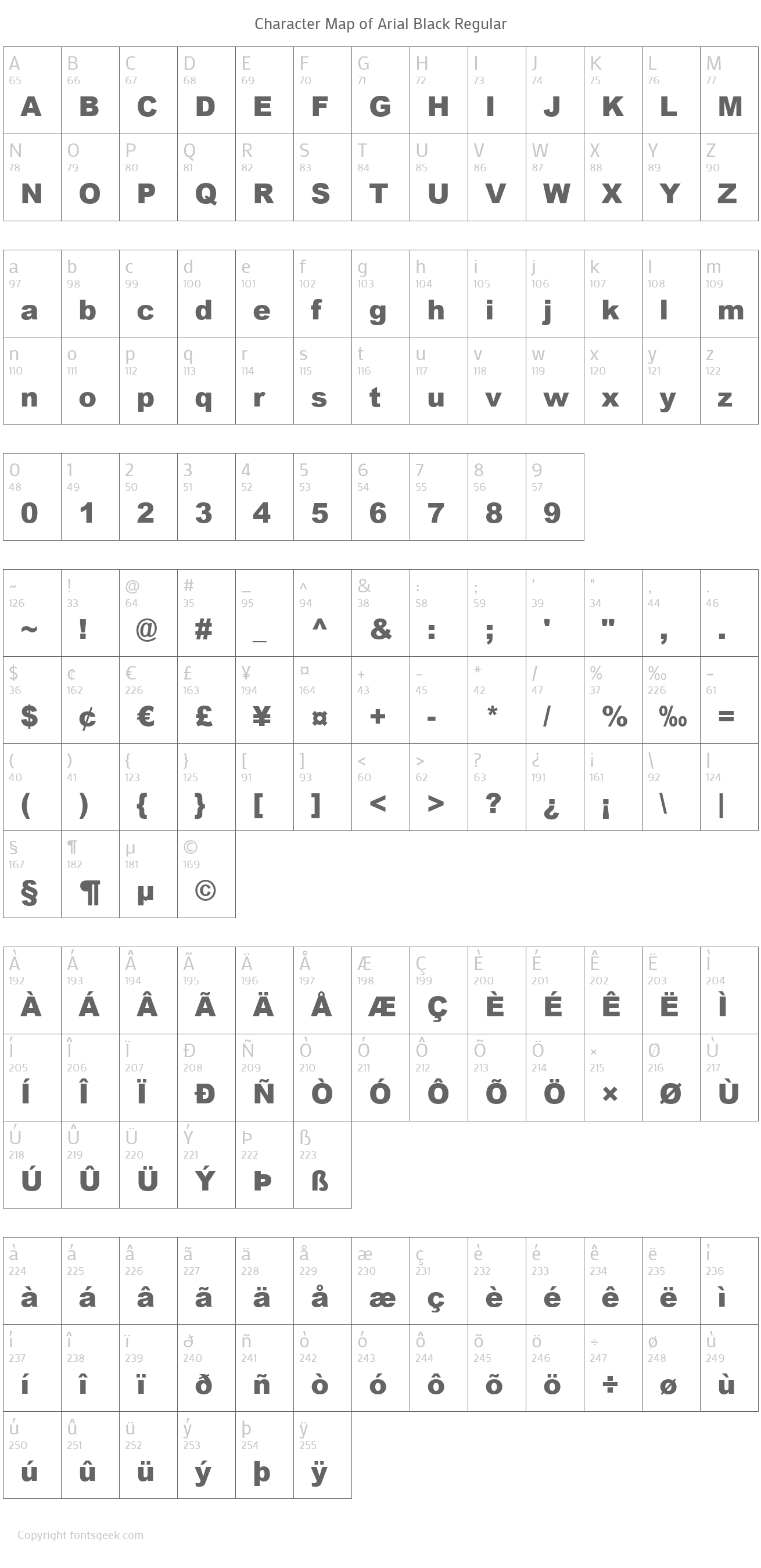


Many of these have been issued in multiple font configurations with different degrees of language support. The extended Arial type family includes more styles: Rounded (Light, Regular, Bold, Extra Bold) Monospaced (Regular, Oblique, Bold, Bold Oblique). The Arial typeface comprises many styles: Regular, Italic, Medium, Medium Italic, Bold, Bold Italic, Black, Black Italic, Extra Bold, Extra Bold Italic, Light, Light Italic, Narrow, Narrow Italic, Narrow Bold, Narrow Bold Italic, Condensed, Light Condensed, Bold Condensed, and Extra Bold Condensed. Because of their almost identical appearances, both Arial and Helvetica have commonly been mistaken for one another. Each of its characters has the same width as that character in the popular typeface Helvetica the purpose of this design is to allow a document designed in Helvetica to be displayed and printed with the intended line-breaks and page-breaks without a Helvetica license. The typeface was designed in 1982, by Robin Nicholas and Patricia Saunders, for Monotype Typography. Fonts from the Arial family are included with all versions of Microsoft Windows from Windows 3.1 on, some other Microsoft software applications, Apple's macOS and many PostScript 3 computer printers. Arial (also called Arial MT) is a sans-serif typeface and set of computer fonts in the neo-grotesque style.


 0 kommentar(er)
0 kommentar(er)
